Exclusive interview with up-and-coming filmmaker Jesse Holland, discussing his terrifying and unforgettable feature film debut, YellowBrickRoad.
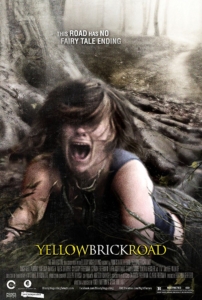 I have been watching horror movies since the 3rd grade sleepover I attended, and I brought over Poltergeist (with my mother’s wink). That saying, it’s tough to get me scared. Sure, plenty of films have gore and jump scares (which are effective in their own ways) but I love a film that builds dread. It’s Hitchcock’s way.
I have been watching horror movies since the 3rd grade sleepover I attended, and I brought over Poltergeist (with my mother’s wink). That saying, it’s tough to get me scared. Sure, plenty of films have gore and jump scares (which are effective in their own ways) but I love a film that builds dread. It’s Hitchcock’s way.
I’ve only been unable to sleep due to nightmares in my life with 2 films. One being The Exorcist, naturally. The 2nd being YellowBrickRoad (2010). I watched this movie on Netflix when it first came out (as a 28 year old horror seasoned woman), and I couldn’t sleep that night. The slow build dread in this film rivals Blair Witch Project, House of the Devil, and any Polanski film.
YELLOWBRICKROAD:
1940: New Hampshire – The entire population of Friar, New Hampshire walked up a winding mountain trail, leaving everything behind. This film begins with a cast of characters wanting to walk “the road”. They want to find something on this trail – why the people walked. And they will learn.
I am lucky enough to be friends with one of the co-directors of the film, and I was able to chat with Jesse Holland about YellowBrickRoad. There are no spoilers here!
INTERVIEW WITH FILMMAKER JESSE HOLLAND
Where are you from?
I grew up in Westchester – the suburbs of New York, where the X-men are from, and where the sky at night is pink from the light reflected from the nearby city. Andy (Mitton) and I would later meet at college in Middlebury, VT.
How did you get into film?
I went to college with hair down to my shoulders thinking I would sit in Vermont trees and write poetry for four years. I fell in love with theatre – with the community, with the way that energy raised and fell with each production, with the way that art was created by a passionate group. After college, I got into an MFA program at Northwestern but I only stayed for a year. I became frustrated with the disconnect between theatre and the average non-academic person.
I wanted to make things that were “cool”, and so often theatre did not prioritize being “cool”. So I left the theatre world and moved to Los Angeles where I could make films with my friends.
You and Andy have written a lot together. How did you meet, and what was the process of writing YellowBrickRoad?
Andy and I both heard of each other at school before we met each other and expected to be rivals. But we loved each other’s writing too much and got along too easily for that to last. We went from putting on work next to each other to putting on each other’s work to starring in each other’s work (we both acted in college, and thank heaven that we don’t do it any more; so much pressure…the bad kind).
Maybe I’m romanticizing the past, but writing YellowBrickRoad (YBR) was, in a word, fun. When I look back at YBR, I’m most struck with how much bravery and boldness the movie has. It bucks trends every chance it gets. And I think our writing process, as much as it was putting together everything we loved about film, was also putting together all of our frustrations.
PG13 horror was all the rage in the late ’00s, and all the horror movies left the audience feeling safe. We really wanted to make something that left the viewer unhinged. There was a very important viewing of THE EXORCIST that happened when we were 21. Andy had seen the film before, I hadn’t. But it was the perfect scenario, a group of us in a hotel room at night – and we really wanted to offer the world another film that grabbed the audience by the guts as much as that film does.
What films have been the most inspiring or influential to you and why?
I’ve always loved backpacking, and a lot of my friendship with Andy revolved around day hikes (that, and watching horror movies). So doing something in the woods made sense for our shared sensibility, and also because we knew we could do it for relatively little money. Back in 2008, when we started planning the thing, the original Blair Witch Project was still a watermark for how well horror could do for little money, and we wanted to jump on what still felt like a bandwagon.
We were watching the right movies. The Shining, Alien, Rosemary’s Baby – slow burn, character driven stuff from the 70s that satisfied our theatre roots for deep characters and real relationships. The Assassination Of Jesse James by the Coward Robert Ford came out while we were writing and was a huge influence in terms of visual style.
And as a side note, I was working in distribution at the time – this was before I found graphic design as a real career. And 2008, 2009 was still within the bubble when people were buying an insane amount of DVDs. I was watching these really crappy movies get distribution, and I knew we could do just as good as “crappy” if not better on our first try. Of course, by the time the movie was in the can, the bubble had burst! And after working on the film for years, I no longer wanted it to be “better than crappy”. I wanted it to be a sensation.
Tell me about filming in the woods.
It’s sort of embarrassing to admit, but I had never set foot on a movie set until I was directing this movie. Andy at least had some experience making short films. But the first four days of making YBR were like an ultra-compressed film school for me. I’m grateful that Cassidy Freeman was on hand as Executive Producer to help me with things I really should have known. Oh, swapping a lens takes almost no time when compared to moving the camera to another setup? Thanks for the advice.
All that said, I was very comfortable to be in the woods. I’m at home in that environment. Yes, the bugs made it difficult. The bugs were horrendous. There was no cell phone service – wonderful for being creative, difficult for those planning logistics behind the scenes. And we thought that by being in the woods in the middle of nowhere that we wouldn’t need a locations manager.
So on the second day, we got thrown out of our location — and we were just really lucky that one of our medics offered a nearby farm to shoot on, and somehow we made that day. That was a tough day. I remember almost crying trying to re-plan the shots in fifteen minutes on a new scrap of land.
Because we weren’t just in the woods, we were three hours from the nearest airport. We were really in the boonies, shooting, crazily, where the film is set, right up in northern New Hampshire. Nuts. The best thing about being so remote was that the cast really came together.
But I sometimes wonder if we should have just shot the thing in Middlebury and done a lot of “by the side of the road” shooting for the woods. We could have planned more, relied less on the magic that came about by being so far north.
How did you decide on the creepy symbolism of Oz throughout YellowBrickRoad?
The word Andy and I kept throwing around when developing this film was the word “Uncanny” – when things are “off” in such a way as to promote maximum creepitude. And The Wizard of Oz is a really uncanny film. I mean, the lollipop guild? Come on!
But more than that, we were interested in how the film impacted the zeitgeist. The idea of all these depression-era people, desperate in their lives, going to the theatre and pouring all their hopes and dreams into this really uncanny film…and maybe getting something from it that made them want to abandon everything they had. Well, if we all want to go somewhere over the rainbow, that’s actually kind of a creepy idea, isn’t it?
The most important scene in YBR is when Teddy leaves the group behind to continue north on his own. That’s the soul of YBR – leaving behind your loved ones for a personal pursuit. It’s the idea that a loved one collapses in importance when compared to such a pursuit. If we’re all walking to death, what do our relationships matter? Pretty soon you have a nasty, nihilistic horror movie on your hands!
So The Wizard of Oz is important in that it offers an escape from reality. But those looking for an allegory – who’s the tin man, who’s the lion, etc. – they’re always going to be disappointed. That’s actually a pretty good film that was never made – a twisted retelling of Oz. But in the end, this film is more personal than that.
There is a very shocking moment in the thick of the slow burn of the film. Without any spoilers, can you tiptoe around how this was conceived?
There’s dread, terror, and horror. Most of the movie, we focus on dread. We wanted to delay the terror and horror for as long as possible, build tension, and then release it in a way that would be most damaging to the psyches of our viewers. We knew that this moment of horror would be “in a family way” very, very early on. And a lot of our writing worked outwards from this moment. It’s the act 1 climax for a very long act 1!
Seems the ending is up to interpretation. Any insight (without spoilers)?
It’s very inspired by Lovecraft – the idea that to be confronted with ancient evil means to go insane. Also the notion that the land itself could be cursed. It’s very Stephen King, who was also drawing from Lovecraft.
What is your current favorite horror film?
It’s still The Exorcist, although I can’t ever recapture the magic of that first screening, I’m always going to be reminded of it. The perfect horror movie experience!


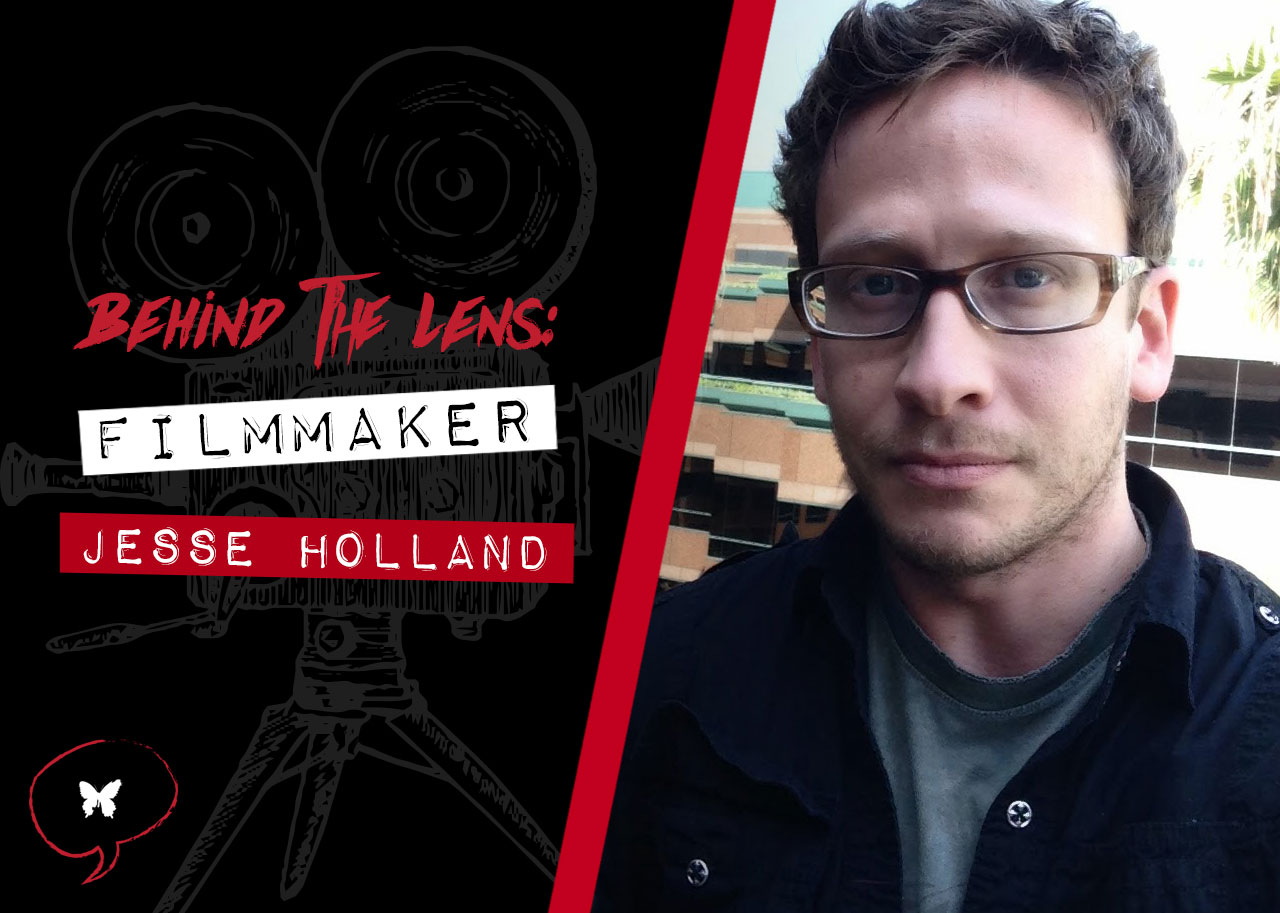
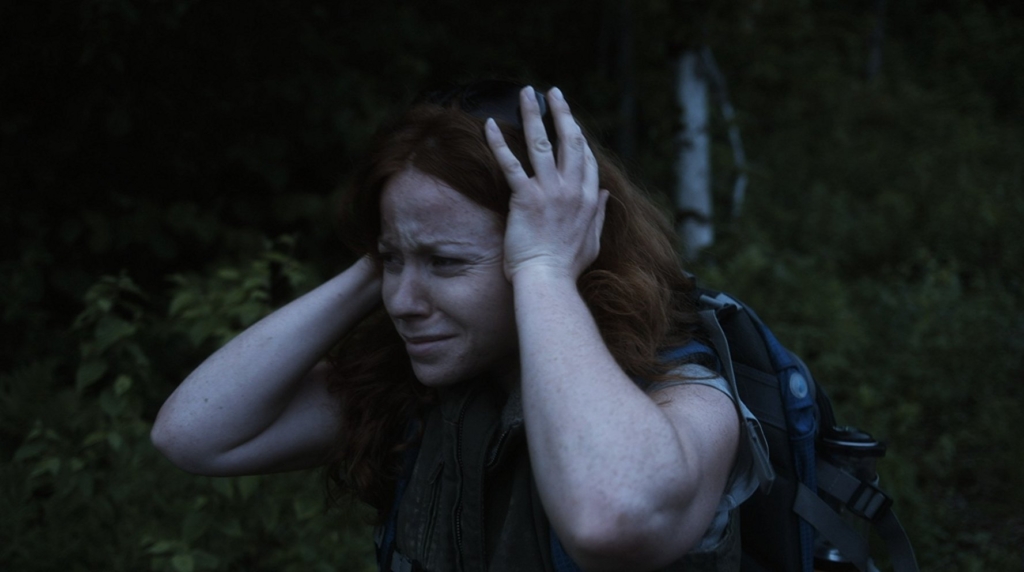
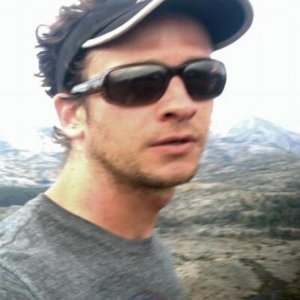
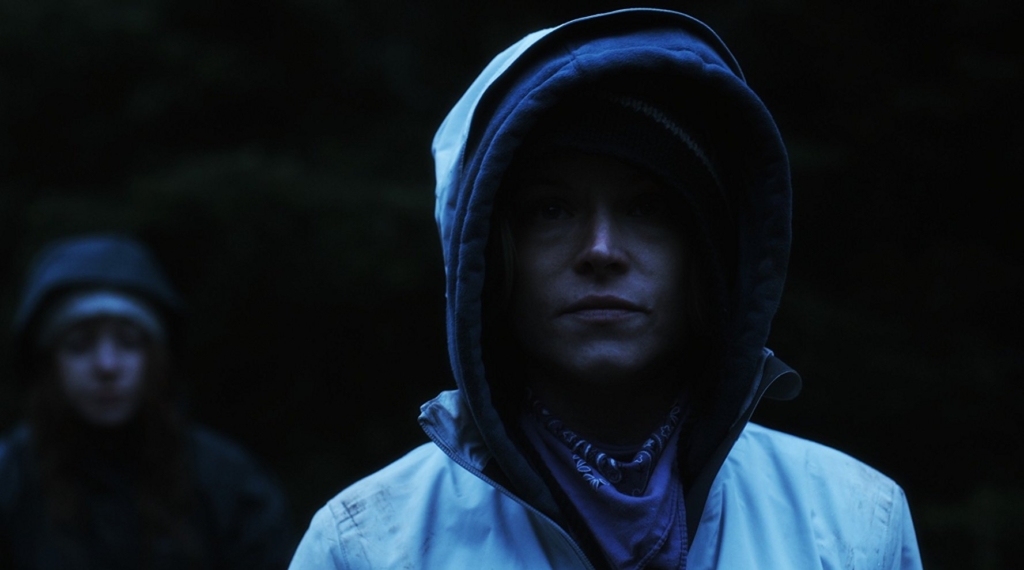
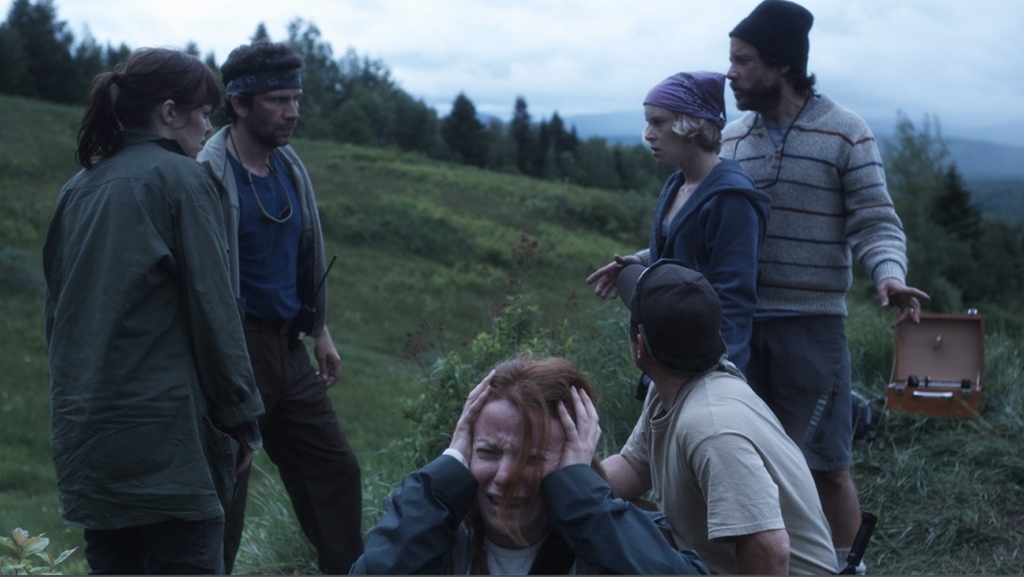
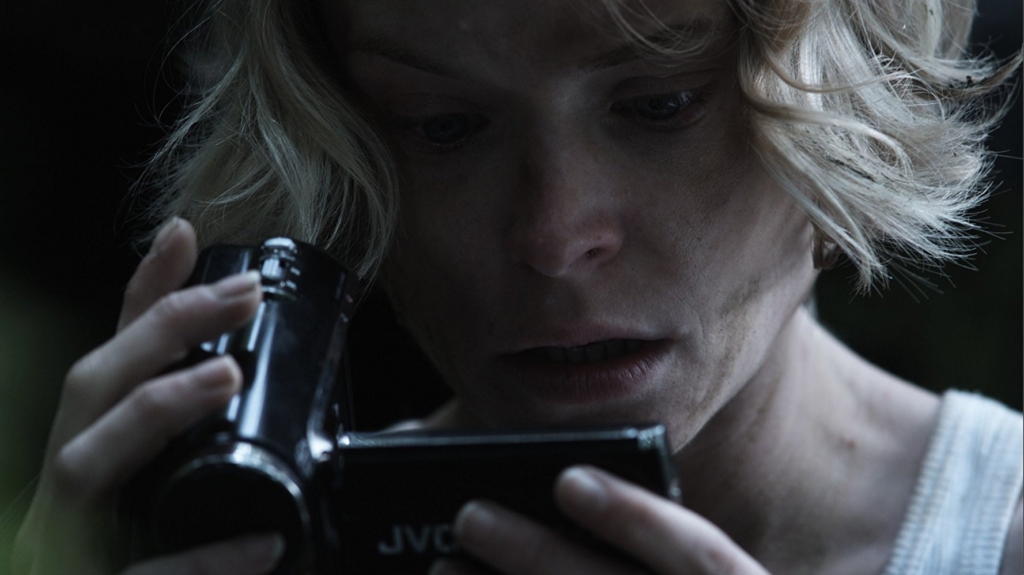
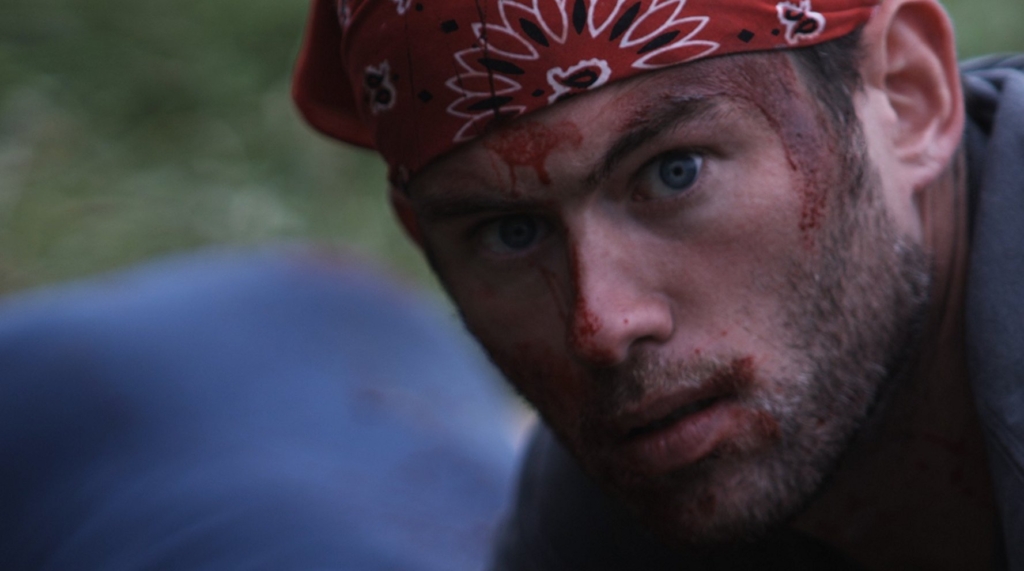
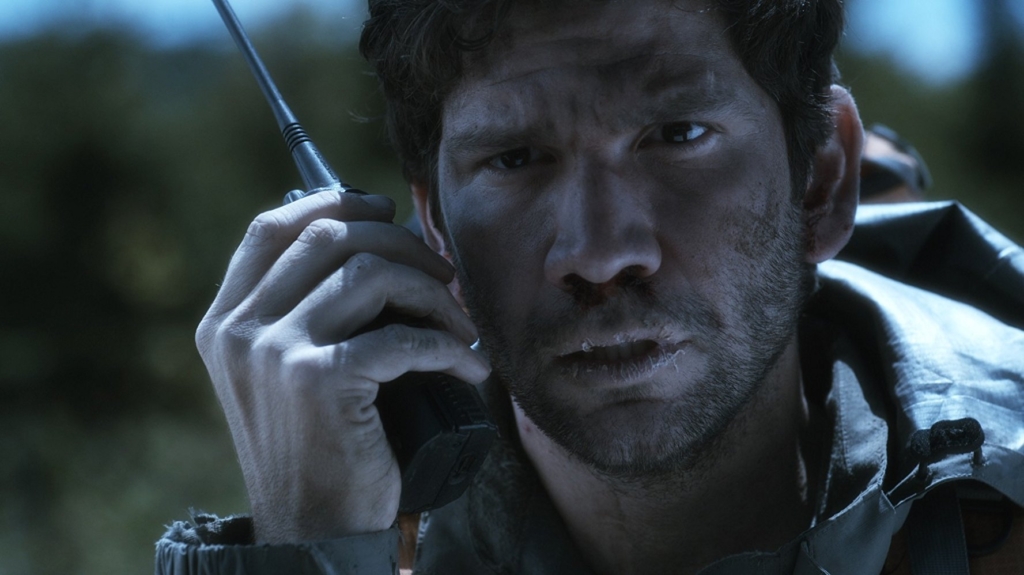
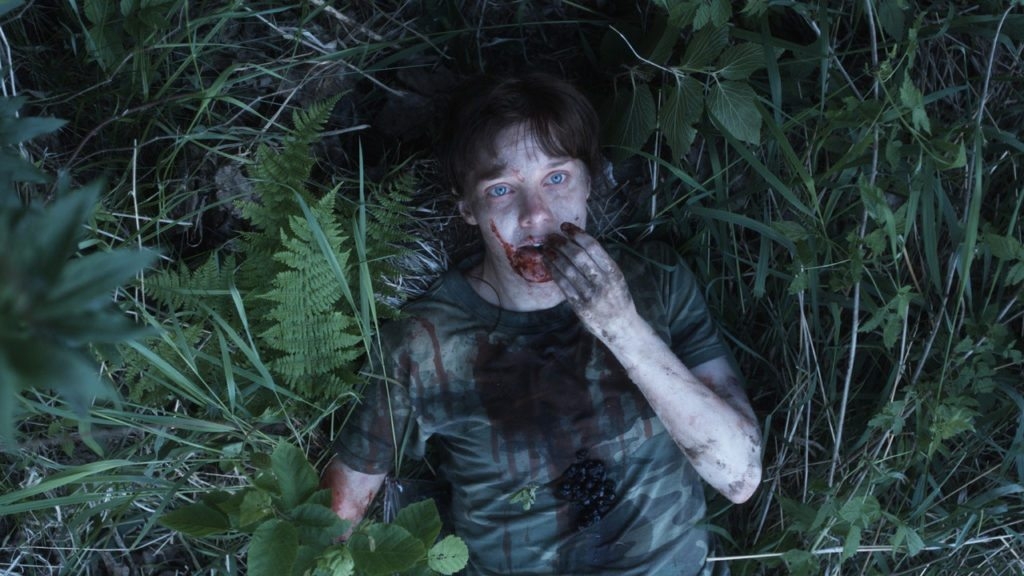
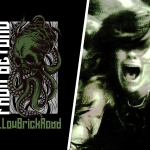
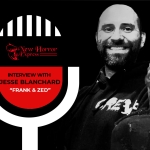
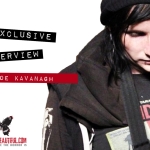
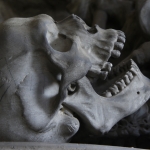


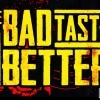




Follow Us!